This article was medically reviewed by Erik Kramer, DO, MPH. Dr. Erik Kramer is a Board-Certified Primary Care Physician at the University of Colorado. With over 15 years of experience, his clinical interests include obesity and weight management, diabetes care, and preventive care, as well as embracing a holistic approach to primary care. He received his Doctorate in Osteopathic Medicine (D.O.) from the Touro University Nevada College of Osteopathic Medicine and completed his residency at Central Maine Medical Center. Dr. Kramer is a Diplomate of the American Board of Obesity Medicine.
There are 11 references cited in this article, which can be found at the bottom of the page.
This article has been viewed 24,085 times.
A brain tumor is an abnormal growth in your brain, and it can be benign (non-cancerous) or malignant (cancerous). The first step in detecting a brain tumor is to recognize the symptoms. If you think you may have a tumor, talk to your doctor, who can reassure you that your symptoms are normal or caused by something else; or they can refer you to a neurologist or neurosurgeon if need be. Finally, expect diagnostic tests to determine the location and type of tumor you may have.
Steps
Recognizing the Symptoms
-
1Watch for a change in your headaches. A simple headache doesn't necessarily mean you have a tumor. People get headaches all the time.[1] However, if your headaches change in frequency or intensity, that could be an indication there's some kind of problem.
- Also, they may become more frequent over time. For instance, maybe you're getting headaches every day or every other day now, rather than a couple of times a month.
- You may find that your headaches do not improve when you take over-the-counter pain medications.
- Additionally, these headaches may become worse when you lie down or bend over.
-
2Notice changes in your vision or hearing. You may have blurred vision or double vision, for instance, that appears out of the blue. You may also lose your peripheral vision, meaning you can't see out to the side when you're facing forward. For hearing, you may notice you aren't hearing as well, or you may lose hearing in one ear.[2]
- These symptoms can indicate a brain tumor, but they don't mean you necessarily have one, as they can be symptomatic of other issues, too. Still, if you're having vision problems, you should see a doctor no matter what.
- If you’re having vision problems, it’s also a good idea to see an eye doctor. They can evaluate your peripheral vision and give you a dilated eye exam to check your retinas.
Advertisement -
3Pay attention to stomach issues. You might notice some nausea, as well as vomiting. While this symptom alone doesn't indicate a brain tumor, it may be a part of a group of symptoms.[3]
- Think about other possible causes of nausea and vomiting, such as food poisoning, pregnancy, or a stomach bug.
-
4Look for changes in your behavior or personality. You may find yourself more irritable, for instance, or more emotional. Behavioral changes can take many forms, such as emotional outbursts or a decline in work performance.[4]
- For instance, maybe you realize you're snapping at people every day, rather than just a couple of times a month.
-
5Check for confusion and speech problems. You may also find yourself confused more often, even when you're trying to do simple, everyday tasks. In addition, you may not be able to choose the right word or say exactly what you mean.[5]
- If you’re experiencing confusion, you may not notice it yourself. These symptoms are often brought up by concerned family members who notice changes in behavior or speech.
- Memory loss and having trouble concentrating are related symptoms. When these issues are related to a brain tumor, they typically appear suddenly (i.e., over a matter of days or weeks) rather than gradually over months or years.
- You may even have trouble pronouncing words.
-
6Note seizures if you've never had one before. Having a seizure out of the blue as an adult can indicate a tumor. Most seizure disorders begin when you're younger.[6]
- If you have a seizure while alone, you may experience confusion and a loss of time when you come out of it. You may also have pain in various parts of your body if you hit anything while having a seizure that involves body movement.
- Others may notice that you suddenly space out for a few minutes. You may also make repetitive movements or have jerking muscles.
- Other things can cause seizures besides brain tumors. For instance, if you are detoxing from alcohol or another addiction, that can sometimes bring on seizures. You can also experience seizures if you suddenly stop taking certain medications, such as benzodiazepines.
-
7Keep an eye out for changes in your ability to feel certain sensations. In addition to vision and hearing, a brain tumor can also affect your sense of touch or feeling.[7] For example, you may notice changes in your ability to feel sensations such as heat, cold, pressure, or touch (either light or sharp).
- You may notice a loss or change in sensation in just part of your body (your face or one of your hands, for example).
-
8Make note of changes in your breathing or heart rate. Depending on the location and size of the tumor, you may also experience changes in your breathing rate, pulse, or blood pressure.[8] For example, you may struggle to breathe or notice that your heart rate is unusually fast, slow, or irregular. These issues typically occur if the tumor is near or pressing on the brain stem.
- Some types of brain tumors can cause seizures that temporarily stop your breathing.[9]
-
9Watch for balance issues and paralysis. Having a tumor can throw your balance off, and you may find yourself tripping or falling more. You may also bump into things. Paralysis is typically limited to one arm or leg.
- The paralysis will come on gradually, affecting sensation, movement, or both.
- Some tumors may cause paralysis in your facial muscles, as well as trouble swallowing.[10]
Visiting a Doctor
-
1Make an appointment if you have multiple, persistent symptoms. Even if you don't have a brain tumor, these symptoms could indicate other conditions. Start with your own doctor, and they may refer you to a neurologist or neurosurgeon.[11]
- Ask your doctor to do a comprehensive exam and health history. They can probably also do a basic neurological exam in their office to help determine if you need to see a neurologist.
- Your primary care doctor may order imaging scans during their initial workup. If they find evidence of a tumor on the scans, they will likely refer you to a neurosurgeon.
-
2Discuss your symptoms. Bring a list of your symptoms with you to your primary care doctor or neurologist. That way, you won't forget anything you need to talk about with the doctor.[12]
- It's a good idea to make a note of how often the symptoms happen. Keep a journal if you need to. If you notice a headache coming on, write down the time, date, and duration. Do the same for other symptoms, such as emotional outbursts.
-
3Expect a physical exam. Your primary care doctor or neurologist will likely test things like your vision and hearing, as well as your coordination and balance. They may also do tests on your strength and reflexes.[13]
- The point of these tests is to determine where in the brain the tumor might be.
Running Diagnostic Tests
-
1Expect imaging tests on your brain. Imaging tests may seem scary, but they are generally painless, though you may need an injection before your scan. The most common imaging test used for brain scans is a magnetic resonance imaging (MRI) scan. With this test, you must remove anything metal from your body, and you are placed in a large, magnetic machine that takes an image. The doctor may inject a dye into your body to help clarify the image.[14]
- You may also have a CT scan done. You'll be injected with a contrast material before the scan. The doctor may use this to see the blood vessels around the tumor.
- Your doctor may order a PET scan if they suspect that you have cancer that’s spread through other parts of your body. With this scan, you'll be injected with a slightly radioactive material that tends to be drawn to tumor cells. While it doesn't give as much detail as other scans, it can provide additional information about the tumor area.[15]
- The PET scan may also be helpful if your doctor is having difficulty determining whether the MRI or CT scan shows a tumor or scar tissue in your brain.
-
2Be ready for imaging scans of other parts of your body. If your doctor thinks you may have cancer, these scans will be used to determine if the cancer has spread from your brain or started somewhere else and moved to your brain. Of course, getting an imaging scan done doesn't mean you have cancer.[16]
- For instance, it's common for cancer to begin in the lungs and move to the brain. Your doctor may recommend a chest X-ray or a CT scan of your chest, abdomen, and pelvis to check for cancer in other areas.
-
3Ask about a needle biopsy. In some cases, the neurosurgeon may want to perform a needle biopsy on your tumor. Typically, they will use a hollow needle inserted into the area to take a tissue sample. If your doctor is doing a biopsy, you likely do have a tumor, but it could still be benign.[17]
- The doctor will do this one of two ways. They may use sensors placed on your head, and with the help of an MRI or CT scan, create a map of your brain to navigate to the tumor.
- Another option is to use a rigid frame around your head along with a scan to figure out where they need to place the needle.
- To insert the needle, the doctor will first give you local anesthetic, or in some cases, general anesthetic. Then they will use a small drill to go through your skull. You may need to be awake for the procedure, but this is not always necessary.
-
4Discuss the results of the diagnostic tests. Typically, these tests will tell the doctor whether or not a tumor is there. If there is a tumor, they will help determine whether it is cancerous or benign. Finally, they show the grade of the tumor.[18]
- Tumors are rated on grades I-IV, with IV being the worst. Grade I is benign and slow-growing, while grade II is slightly abnormal and may return as cancerous later. Grade III is malignant (cancerous) and will spread to other areas in the brain. Grade IV is malignant, grows quickly, creates extra blood vessels for new growth, and has dead areas in the center.
-
5Decide on a treatment. Once you know the results, the doctor will work with you to decide how to move forward. Typical treatments include surgery to remove the tumor, radiation to shrink the tumor, radiosurgery (surgery with focused radiation beams), chemotherapy, and/or targeted drug therapy. Don't panic. Recovery from a brain tumor is possible.[19]
- After treatment, you may need physical, occupational, or speech therapy to help you get back any lost skills.
References
- ↑ https://www.hopkinsmedicine.org/health/conditions-and-diseases/brain-tumor#diagnosis
- ↑ https://www.nhs.uk/conditions/brain-tumours/
- ↑ https://www.cancer.org/cancer/brain-spinal-cord-tumors-adults/detection-diagnosis-staging/signs-and-symptoms.html
- ↑ hhttps://www.hopkinsmedicine.org/health/conditions-and-diseases/brain-tumor#diagnosis
- ↑ https://www.hopkinsmedicine.org/health/conditions-and-diseases/brain-tumor#diagnosis
- ↑ https://www.asnr.org/patientinfo/conditions/brain_tumor.shtml
- ↑ https://meyercancer.weill.cornell.edu/news/2016-12-22/7-warning-signs-brain-tumor-you-should-know
- ↑ https://www.cedars-sinai.edu/Patients/Health-Conditions/Brain-Tumors-and-Brain-Cancer.aspx
- ↑ https://www.cancer.net/cancer-types/meningioma/symptoms-and-signs
- ↑ https://www.cancer.org/cancer/brain-spinal-cord-tumors-adults/detection-diagnosis-staging/signs-and-symptoms.html
- ↑ https://www.nhs.uk/conditions/brain-tumours/
- ↑ https://www.nhs.uk/conditions/brain-tumours/
- ↑ https://www.cancer.org.au/cancer-information/types-of-cancer/brain-cancer
- ↑ https://my.clevelandclinic.org/health/diseases/6149-brain-cancer-brain-tumor
- ↑ https://www.cancer.org/cancer/brain-spinal-cord-tumors-adults/detection-diagnosis-staging/how-diagnosed.html
- ↑ https://www.cancer.org/cancer/brain-spinal-cord-tumors-adults/detection-diagnosis-staging/how-diagnosed.html
- ↑ https://www.cancer.org/cancer/brain-spinal-cord-tumors-adults/detection-diagnosis-staging/how-diagnosed.html
- ↑ https://www.hopkinsmedicine.org/health/conditions-and-diseases/brain-tumor#diagnosis
- ↑ https://www.nhs.uk/conditions/brain-tumours/
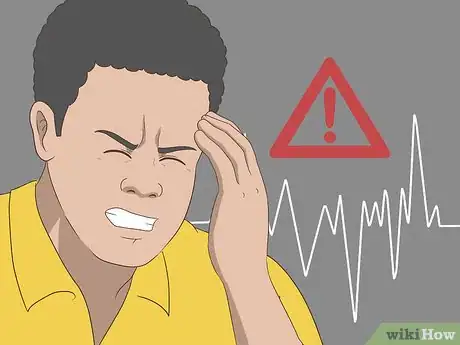
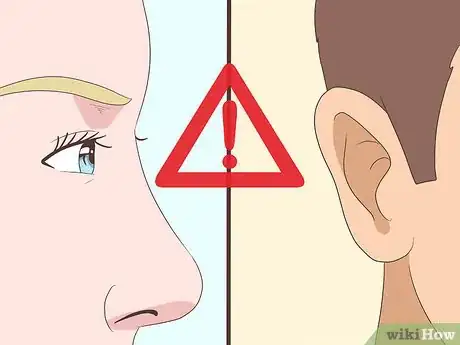



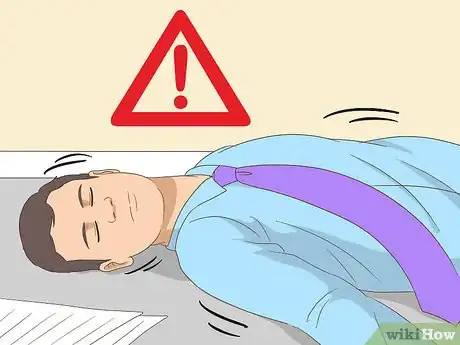
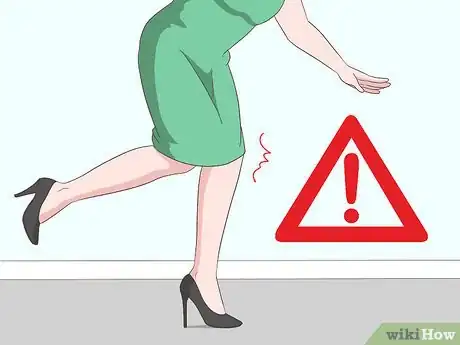
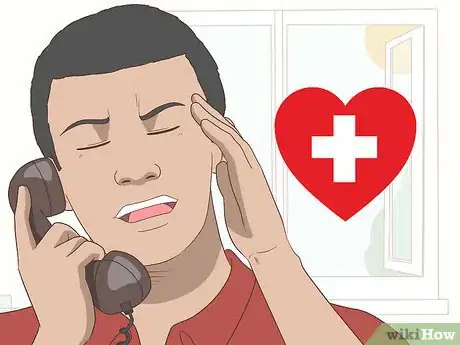


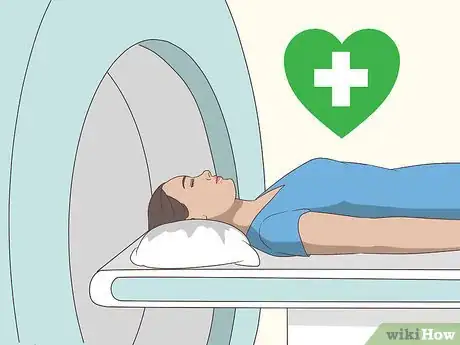
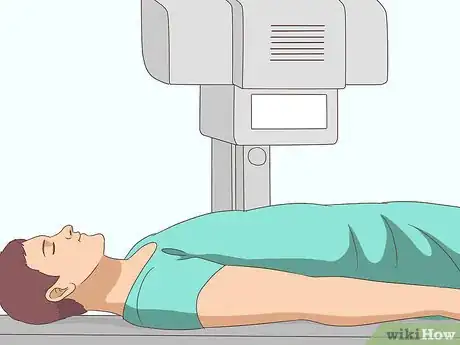


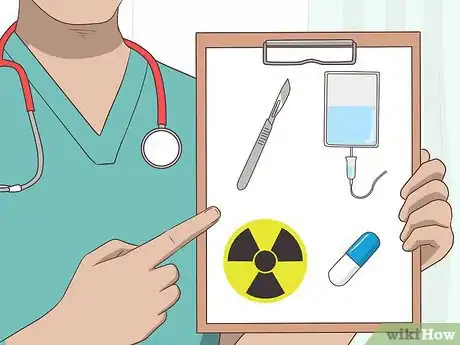













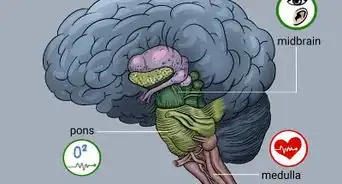















































Medical Disclaimer
The content of this article is not intended to be a substitute for professional medical advice, examination, diagnosis, or treatment. You should always contact your doctor or other qualified healthcare professional before starting, changing, or stopping any kind of health treatment.
Read More...